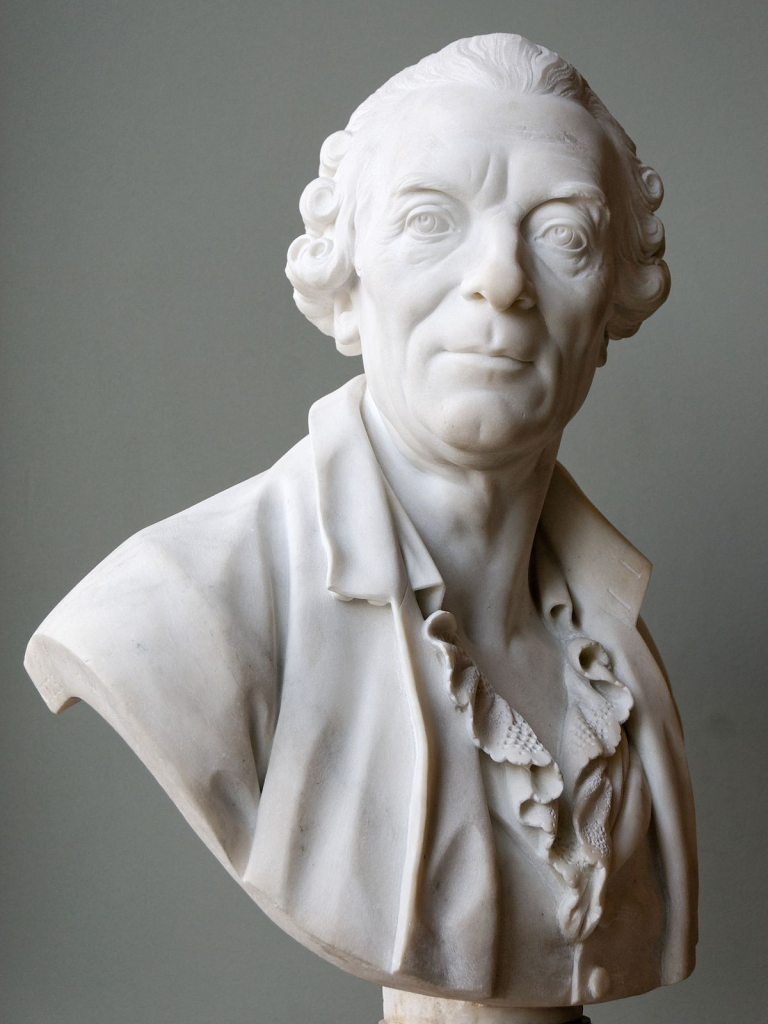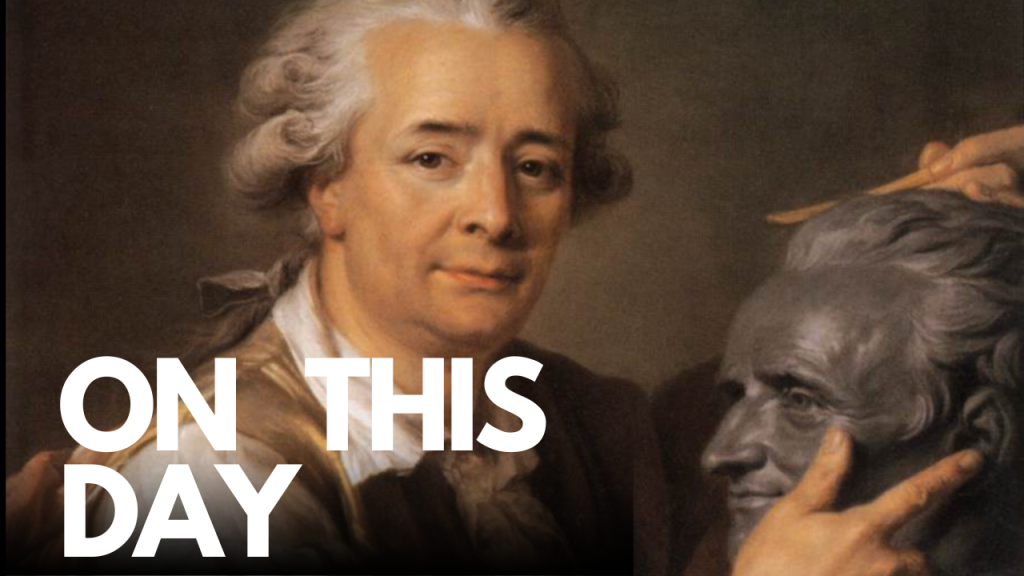Early Life and Education
A renowned French sculptor, Augustin Pajou (1730- 1809) is noted to have gracefully created some of the masterpieces during the Neoclassicism art period. He represents the beauty in silence but elegance, accuracy in absolute idealism has been left an everlasting monument to his works. Pajou gave true legacy to the art world, from busts of important figures in France to mythological pieces done with extravagant detail, his work remains alive even today.
The Prix de Rome and Influence of Classical Culture
As a 17-year-old youth in Pajou, he won the coveted Prix de Rome and earned him a scholarship from the French Academy in Rome to study there. His encounter with this vein of culture greatly influenced his art, as he drank deeply from the classical fountain of proportion and harmony that defined Neoclassical art. One of his more famous works, the Bust of Buffon illustrates how well he could create not just a likeness but also the character of his sitter.

Public Commissions and Masterpieces
This connection with the French monarchy is why Pajou was taken into account in the history of sculpture. The majority of his works were public commissions, some of the most famous are to be seen in The Comedie Francaise halls and among them the Psyche Abandoned (Louvre), an oversized piece that demonstrated Pajou as skilled in turning classical themes with deep emotional appeal.

Influence as a Teacher
He also influenced his students, as a teacher at the Académie Royale, in addition to his sculptures. His methods and style of the human body was very influential to young artists at the peak of the era in Neoclassicism.

Legacy and Recognition in Museums
Augustin Pajou is represented in important museums as the Louvre Museum and the Versailles Palace where still today his monumental sculptures attract art enthusiasts from around the globe. His careful craftsmanship and steadfast belief in classical ideals place him among the chief exponents of French sculpture as it evolved during the 18th century.





